In the modern technology-driven world, data cables are essential in connecting different devices to one another. Without them, we wouldn’t be able to access the internet, transfer data or even charge our devices. Knowing the types of data cables available is vital because it allows you to make informed decisions when buying cables or connecting devices.
In today’s article, let’s explore the different types of data cables. Here’s what you need to know:
Types of Data Cables
Data cables are used to connect different types of hardware, such as computers and peripherals. They are essential for transferring data from one device to another and come in a wide variety of sizes, shapes, and types. So, what are the different types of data cables available?
1. USB Cables: USB cables are the most common type of data cable and are used to connect a variety of devices, including digital cameras, printers, and other external storage devices. USB cables come in several types, including USB Type-A, USB Type-B, and USB Type-C.
2. Ethernet Cables: Ethernet cables connect computers to the internet. They come in various sizes and shapes, including Cat5, Cat6, and Cat7.
3. Serial Cables: Serial cables connect two or more computers, usually for data transfer. They come in two varieties, RS-232 and RS-485.
4. HDMI Cables: HDMI cables connect HDTVs, Blu-ray players, and other high-definition devices. They come in several different versions, including standard, mini, and micro.
5. Fiber Optic Cables: Fiber optic cables connect two or more computers over long distances. They are ideal for quickly transferring large amounts of data and are also resistant to electromagnetic interference.
6. FireWire Cables: FireWire cables connect digital video cameras to computers. They come in two varieties, 1394a and 1394b.
7. DVI Cables: DVI cables connect computers to monitors and other video display devices. They come in two varieties, DVI-A and DVI-D.
8. Coaxial Cables: Coaxial data cables transmit data, such as audio and video signals, from one device to another. They are composed of two conductors twisted together, surrounded by an insulating material. The two conductors are usually copper, and the insulating material is typically made of plastic or rubber.
These are just a few of the many types of data cables available. Each type has its own advantages and disadvantages, so it is essential to consider your needs before choosing one.
The Importance of Using the Right Data Cables
Data cables come in various types, from power cables to Ethernet cables. Depending on the device, the right type of data cable must be used to ensure the device’s proper functioning.
For instance, a USB cable connects a PC to digital devices such as smartphones, cameras, or printers. Similarly, an HDMI cable connects a PC to an HD television or monitor.
Using the right data cable is essential for any device’s safe and efficient functioning. Using the wrong cable can cause damage to the device, as well as reduce its performance. For instance, using a USB cable to connect a printer to a PC can cause the printer to malfunction due to the incorrect voltage.
Similarly, using an HDMI cable to connect a PC to a monitor may cause the monitor to display lower-quality images due to the incorrect signal.
The Bottom Line
Data cables play a critical role in the efficient functioning of any electronic device. From providing power to transferring data, data cables are essential for properly functioning electronic devices. It is vital to use the right data cables for the correct purpose. Different cables offer different speeds, power, and data transfer capabilities, so research the cable you need before purchasing it.
If you are looking for reliable data cabling services in Melbourne, you’re in the right place. We are EDSA Group and provide solutions for all residential, commercial and industrial projects. Contact us today to learn more and get started!



